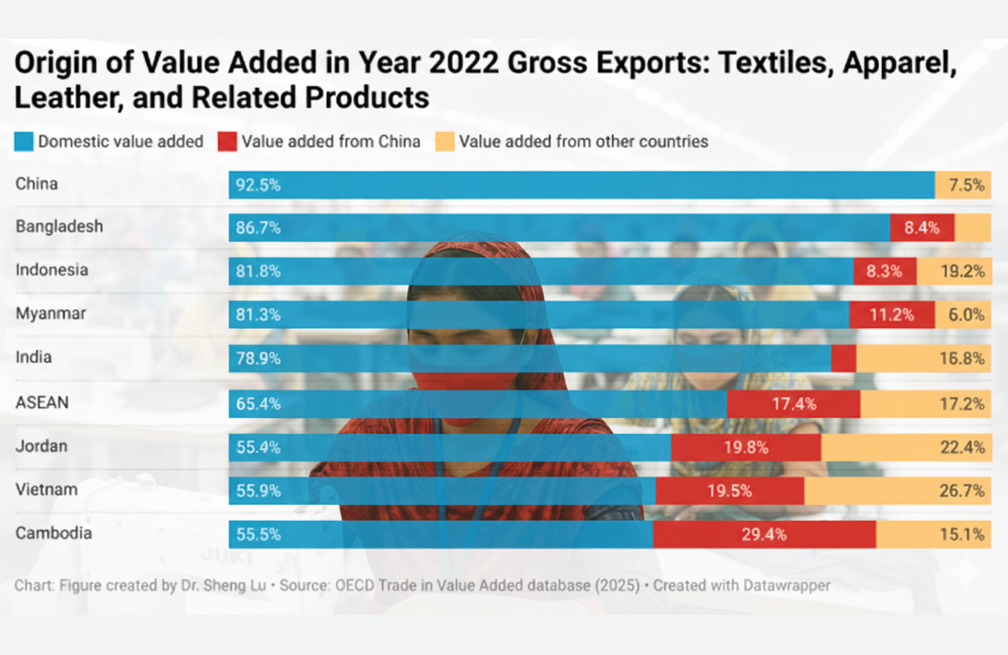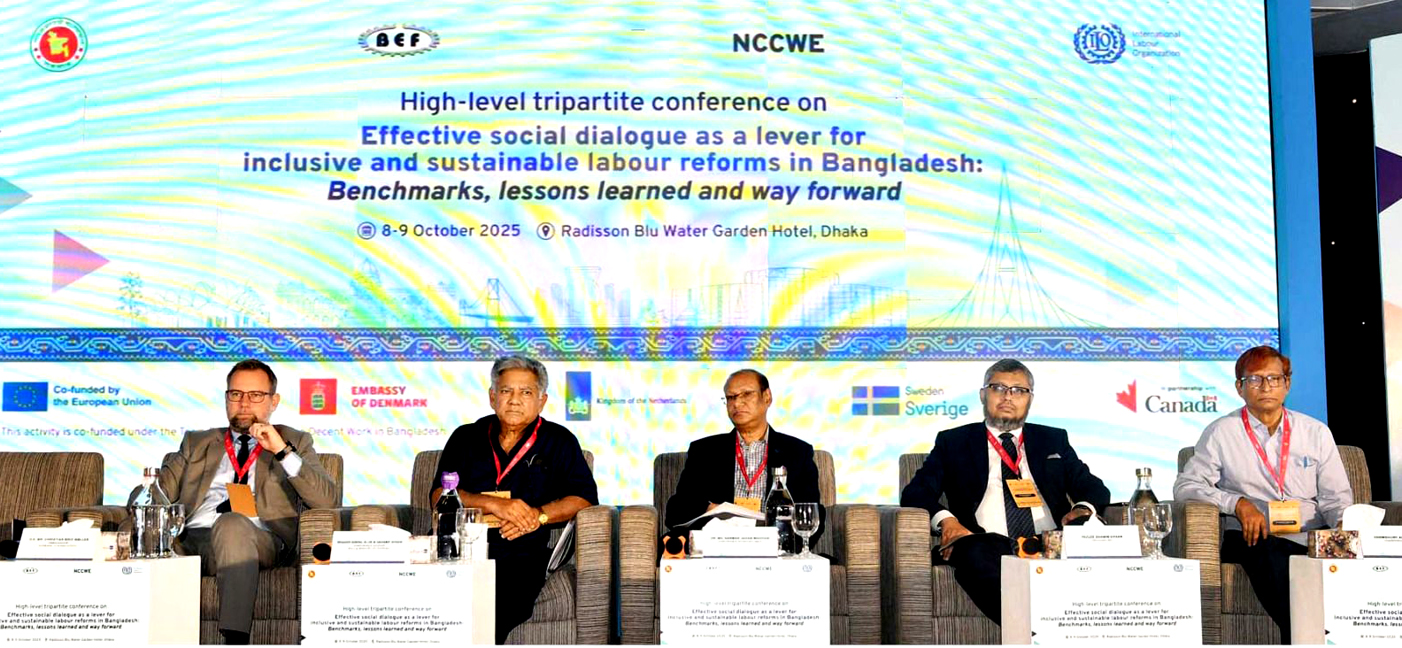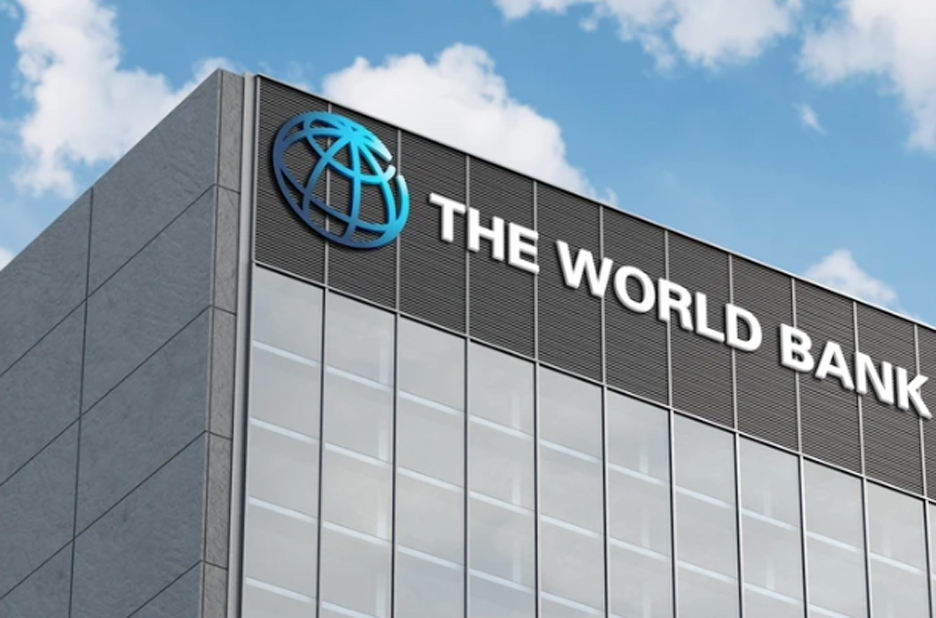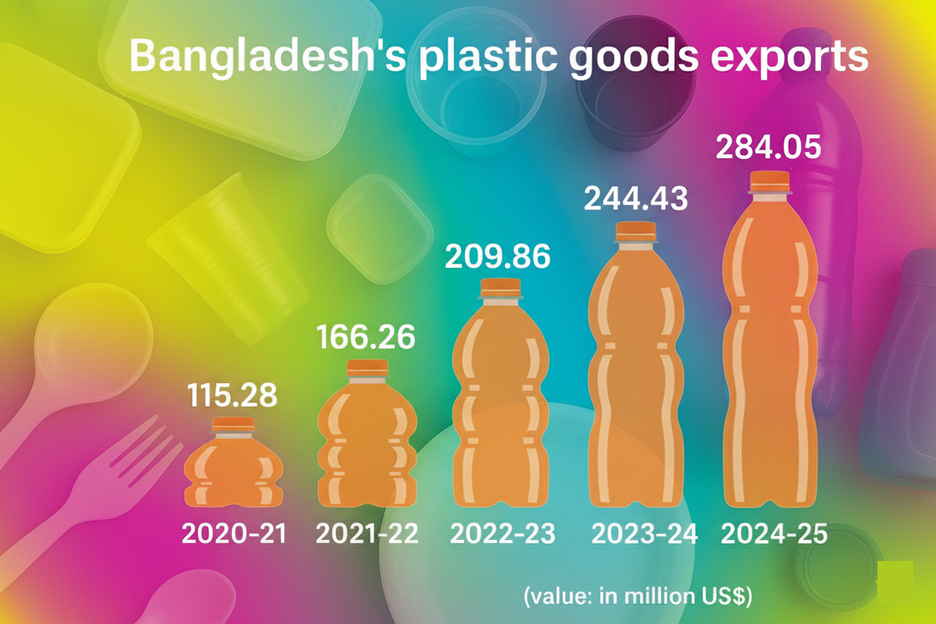Bangladesh’s export earnings grew 5.64 per cent year-on-year in the first quarter (July–September) of the financial year 2025–26, reaching US$12.31 billion, but the growth momentum weakened as exports in September 2025 fell by 4.61 per cent compared with the same month 2024.
According to data released by the Export Promotion Bureau (EPB) on 5 October, export receipts in September stood at $3.63 billion, down from $3.80 billion in September 2024.
The decline, led by the country’s key ready-made garment (RMG) sector, signals ongoing challenges from global demand fluctuations and tighter market conditions in major destinations.
Exporters said that while strong performance in July reflected resilience, the slowdown in August and September highlighted mounting pressures on Bangladesh’s export sector amid shifting international trade dynamics.
Exports of readymade garment (RMG) products — accounting for around 81 per cent of total exports — rose by 4.79 per cent, reaching $9.97 billion in the first quarter of FY2025–26 compared with $9.51 billion in the same quarter of FY2024–25. Within the sector, knitwear exports increased by 4.31 per cent to $5.58 billion, while woven garments rose by 5.41 per cent to $4.39 billion.
However, in September 2025, RMG exports declined by 5.66 per cent year-on-year, totalling $2.84 billion against $3.01 billion in September 2024.
Both knitwear (–5.75 per cent) and woven garments (–5.54 per cent) saw similar drops, signalling slowing global demand in the early autumn months.
Inamul Haq Khan, Senior Vice-President of the Bangladesh Garment Manufacturers and Exporters Association (BGMEA), described the growth as normal, saying that August to October is typically a lean period when the order flow remains low.
‘Factories — mostly small and medium ones — suffer the most when order placements slow or fall,’ he said.
BGMEA Director Faisal Samad observed that many factories were operating only eight hours a day, suggesting a shortage of work orders.
Inamul Haq Khan said that factories dealing with Australian buyers were experiencing the opposite situation because of seasonal differences between the two markets.
Both leaders indicated that demand from the United States had not risen as much as expected following the 20 per cent additional tariff imposed on Bangladeshi products.
EPB data showed that the exports of leather and leather products surged by 10.6 per cent to $319.74 million in the July–September period of FY2025–26, up from $289.09 million in the same period of FY2024–25.
Within this group, leather exports rose 14.59 per cent to $31.41 million, leather goods climbed 28.8 per cent to $102.72 million, while leather footwear registered a modest 2.03 per cent increase to $185.61 million.
In September 2025, leather and leather goods exports stood at $90.98 million, up 3.55 per cent from $87.86 million in September 2024.
Growth was strongest in leather products, which soared 32 per cent year-on-year, while leather footwear fell 9.85 per cent.
Exports of agricultural products in the first quarter grew slightly by 1.54 per cent to $276.57 million, compared with $272.38 million in the same period last year.
However, in September 2025, the sector’s performance weakened, earning $101.90 million, down 2.37 per cent from $104.37 million in September 2024.
Exports of jute and jute goods rose 3.73 per cent year-on-year to $192.89 million during July–September of FY26, from $185.96 million a year ago.
For September 2025, export earnings stood at $74.33 million, slightly down 1.04 per cent from $75.11 million in September 2024, suggesting stable but subdued demand in traditional markets.
The home textile sector posted a 7.98 per cent rise, reaching $206.62 million in July–September of FY26 compared with $191.35 million in the same period of FY25.
In September 2025, however, export earnings slipped marginally by 0.54 per cent to $67.60 million, compared with $67.97 million a year earlier.
Exports of frozen and live fish increased by 24.43 per cent to $126.12 million, compared with US$101.36 million a year earlier.
The boost came largely from shrimp exports, which grew 21.95 per cent to $89.78 million.
In September 2025, the frozen and live fish sector earned $44.57 million, up 12.01 per cent from $39.79 million in September 2024.
Shrimp exports alone rose 10.12 per cent year-on-year to $30.68 million, indicating continued global demand for premium seafood products.
Exports of plastic products dropped slightly by 1.12 per cent in the first quarter of FY26 to $71.64 million, down from $72.45 million in the same period of FY25.
In September 2025, plastic exports were $26.91 million, a decline of 9.15 per cent from $29.62 million a year ago.














